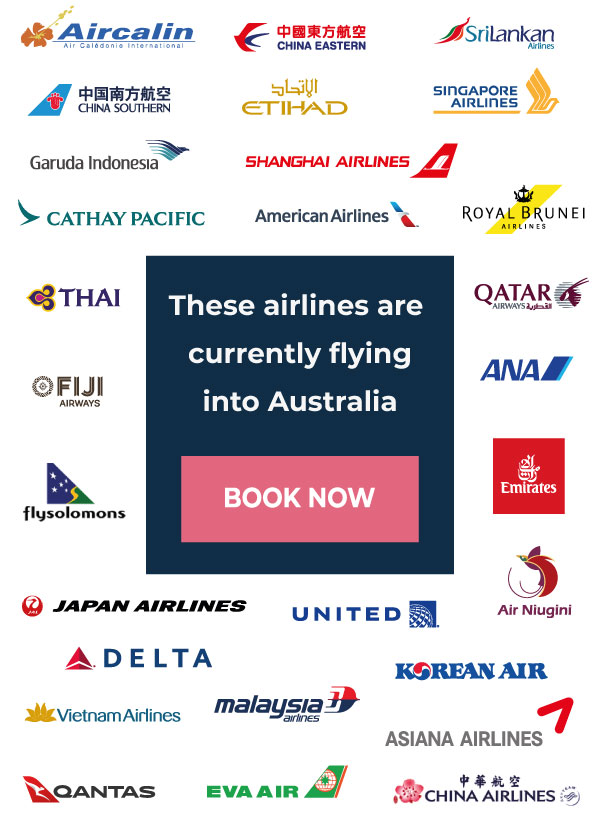On July 14, 2021, the Australian government halved the passenger arrival caps. Did it halve the number of flights into Australia?
The short answer: No.
So you may be wondering, “If the number of flights was not halved exactly like the arrival caps, then did the number of flights go down by about half?”
Short answer: No.
The final question you might have: “Did the number of flights from July 14* reduce dramatically?”
Answer: No.
Let’s see what story the data tells…
As you can see from the chart, the average number of International flights daily into Australia increased for all cities except Perth. For Perth, average daily flights decreased from 3.93 to 3.28 – a 17% reduction in flights. However, Perth still had nowhere even close to a 50% reduction in flights, which you would think would make sense to keep flights economical.
What does this mean? Simply that the number of flights generally went up while the number of allowed passengers dramatically went down. This means that airlines do not seem interested in making flights economical for passengers. The decisions being made mean by airline companies mean that only the wealthy (or extremely desperate) can afford to fly on short notice. It also means that those with a limited budget can only afford to fly if they…
- Book well in advance,
- Use data insights (such as from this website) to help choose the right flight (i.e. one regularly flying in) and
- Manage to fluke it (i.e. who knows whether things don’t get worse again with COVID again in 6 months and Australia shuts down even more?).
At least you now understand why the price of tickets since the halved caps on July 14 have become astronomical (see these articles by Daily Travel and CNN).
There was talk of airlines possibly stopping passenger flights to Australia altogether due to the halved caps (see article by Sydney Morning Herald). However, has this happened?
No. Notice the following chart.
Only one airline, Asiana, stopped flying when the arrivals caps changed on June 1. The other 30 airlines have continued to fly into Australia despite the last two cap changes (both the one on June 1 and the other on July 14).
Regarding the halved caps to be introduced on July 14, Barry Abrams, the executive director of the Board of Airline Representatives of Australia, said, “It is going to be a very difficult situation for many airlines to maintain their frequency of flights to Australia” (The Guardian). So have airlines, in general, reduced the frequency of their flights to Australia? How many airlines have reduced their flights since the caps halved on July 14?
As you can see from the chart above, 9 out of 30 (30%) airlines have reduced the number of flights. None of them have reduced the number of flights by anything close to 50%. United Airlines made the biggest reduction in their number of flights – from 2.628 to 2.056 average daily flights (a reduction of 22%).
Unfortunately, this is only bad news for Australians stranded overseas. Airlines are not reducing the flights in proportion to the reduction in the arrival caps. Therefore, the costs of maintaining – and for most airlines, increasing – the number of flights will either need to be subsidised by cargo or outgoing flights, or the costs will be passed onto the Australians most desperate to return home.
Should we be blaming the airlines? Are they making the right decisions? It difficult to know where the blame lies…
Are airlines are afraid of losing their ‘foothold’ in Australia? If an airline did stop operating Abrams expects the government would reallocate seats to other airlines that continue to fly to Australia (The Guardian).
Are there any positives? You might think that increasing the number of flights means increasing the connectivity and availability of flights to and from Australia. Or does it? To Australia… I don’t see how it an increased number of flights means higher availability of flights when you can’t get on those flights because so few passengers are allowed on each flight. Unfortunately, for our stranded Australians, it all just comes at a very high cost.
* These are the periods used on the chart:
- Pre-June: from May 1 to May 31
- June 1: from June 1 to July 13
- July 14: from July 14 to August 31

